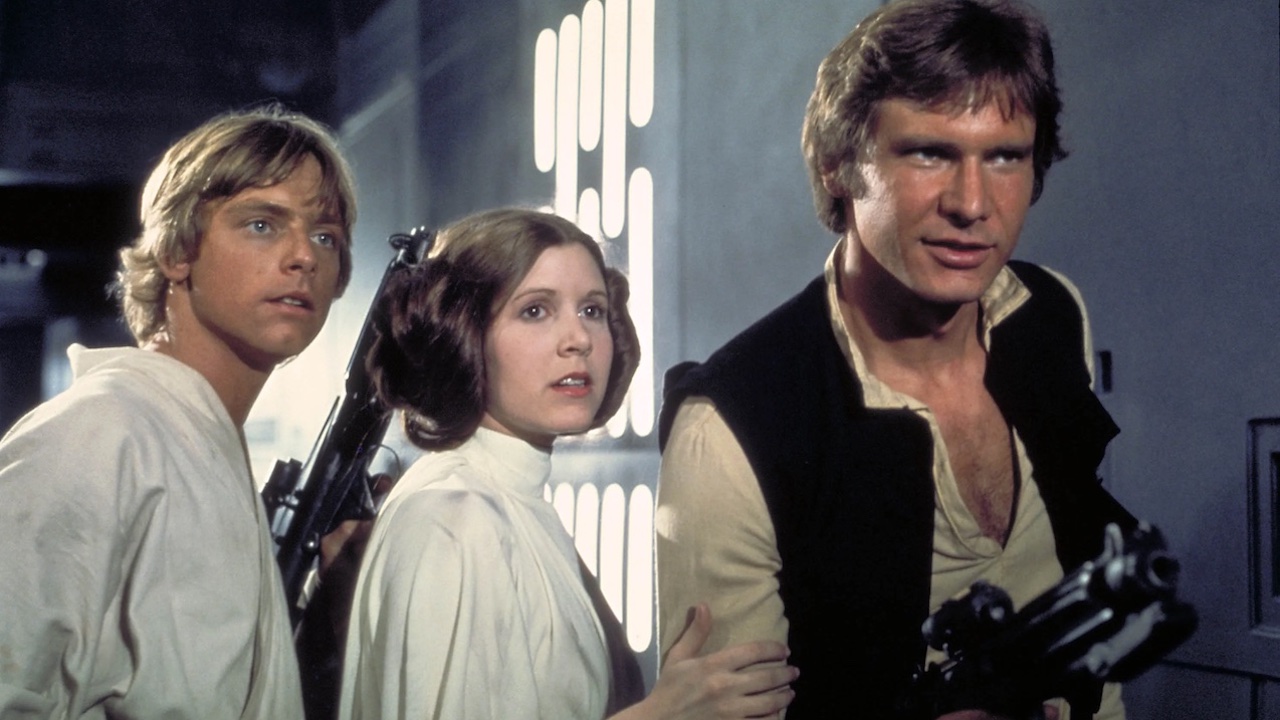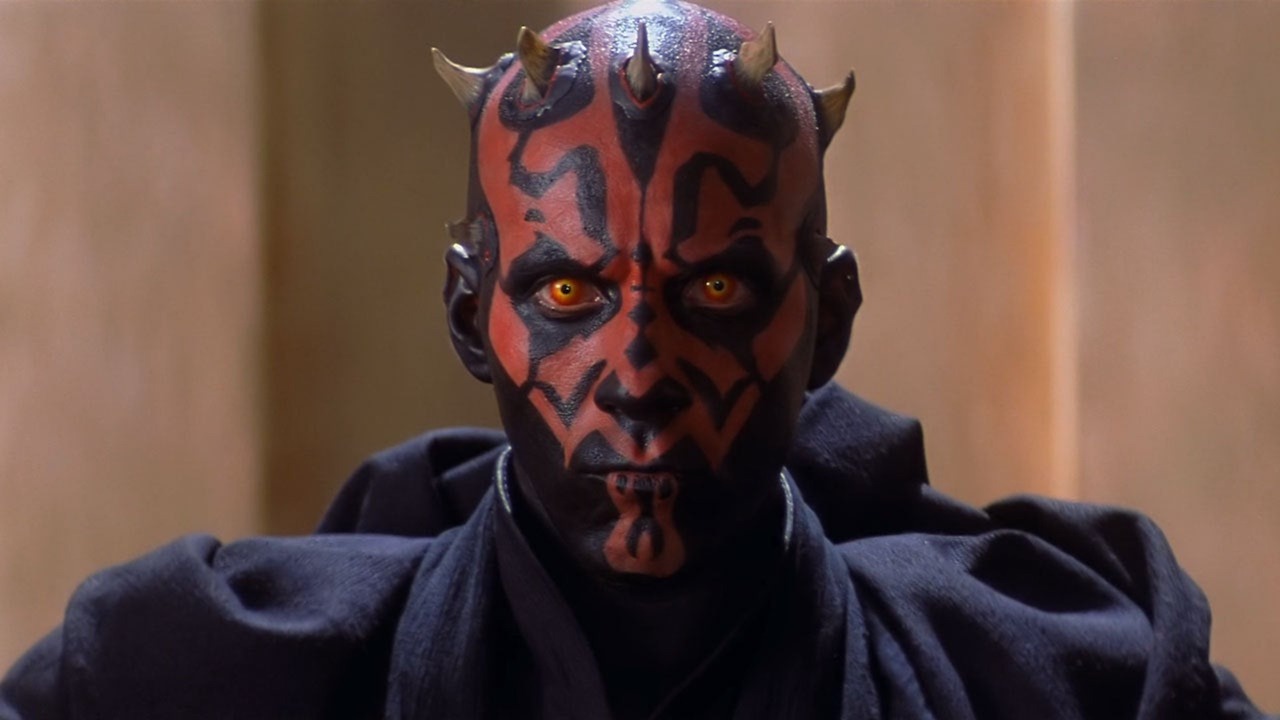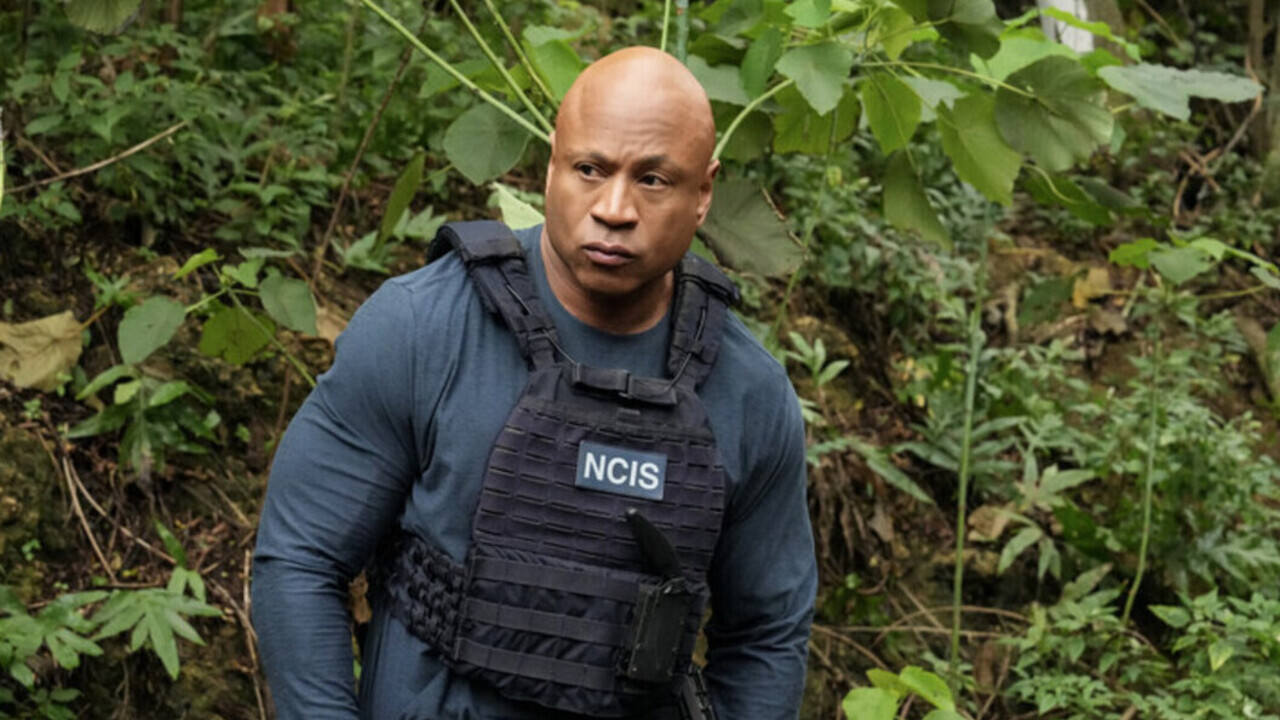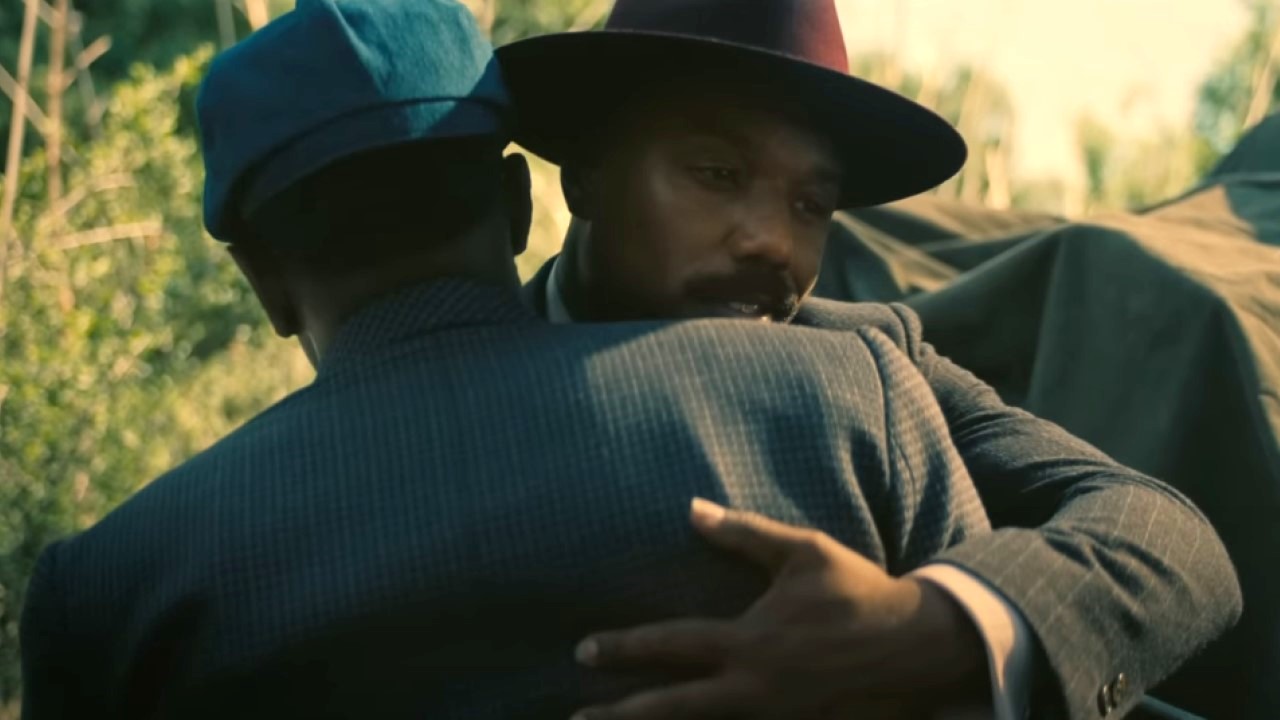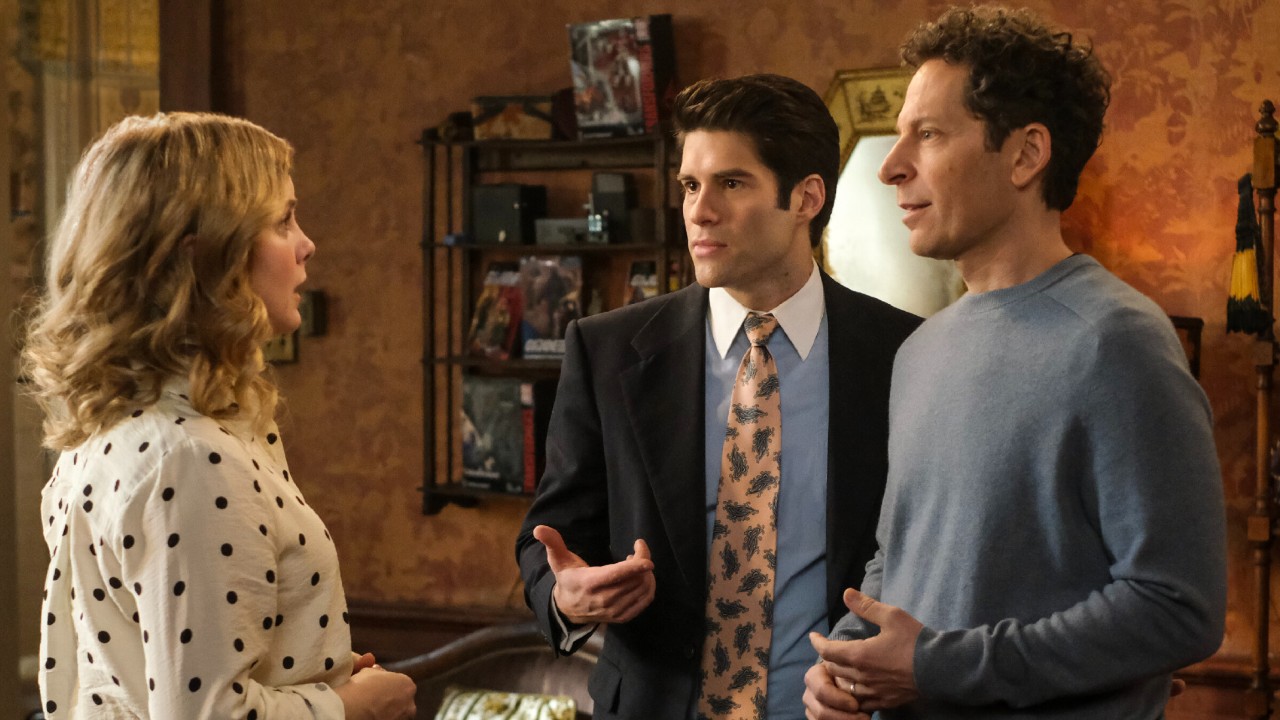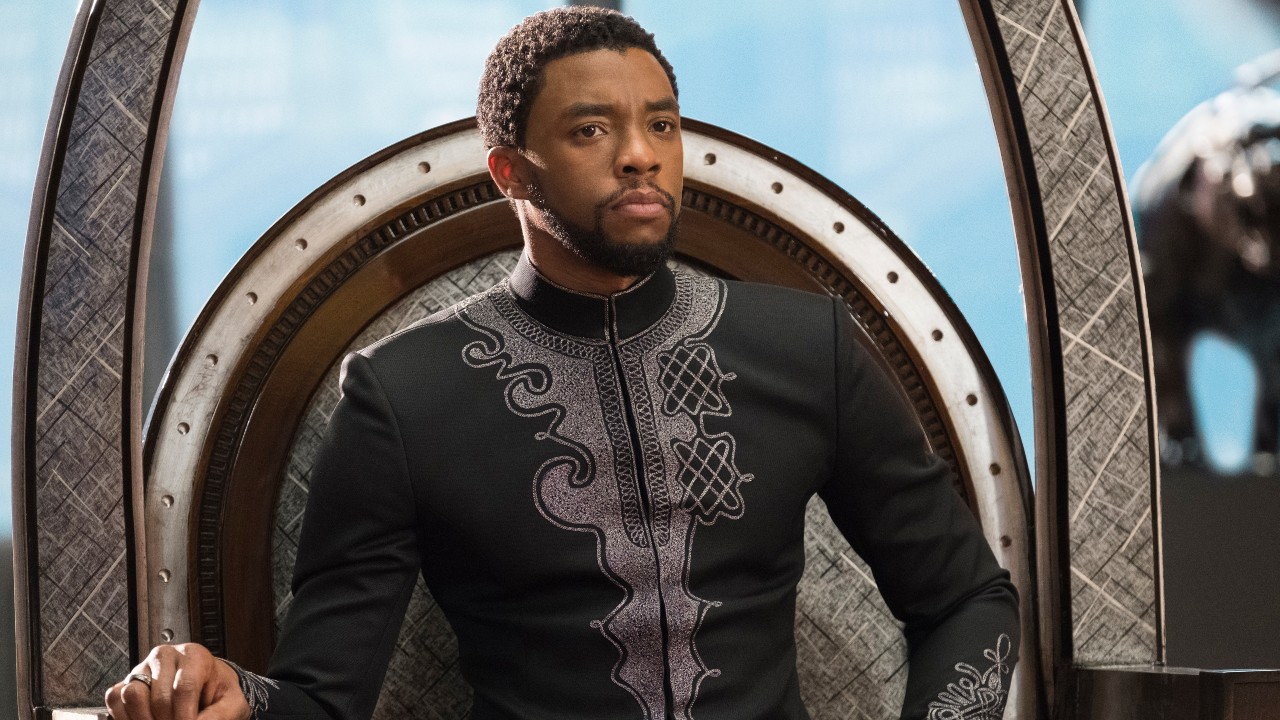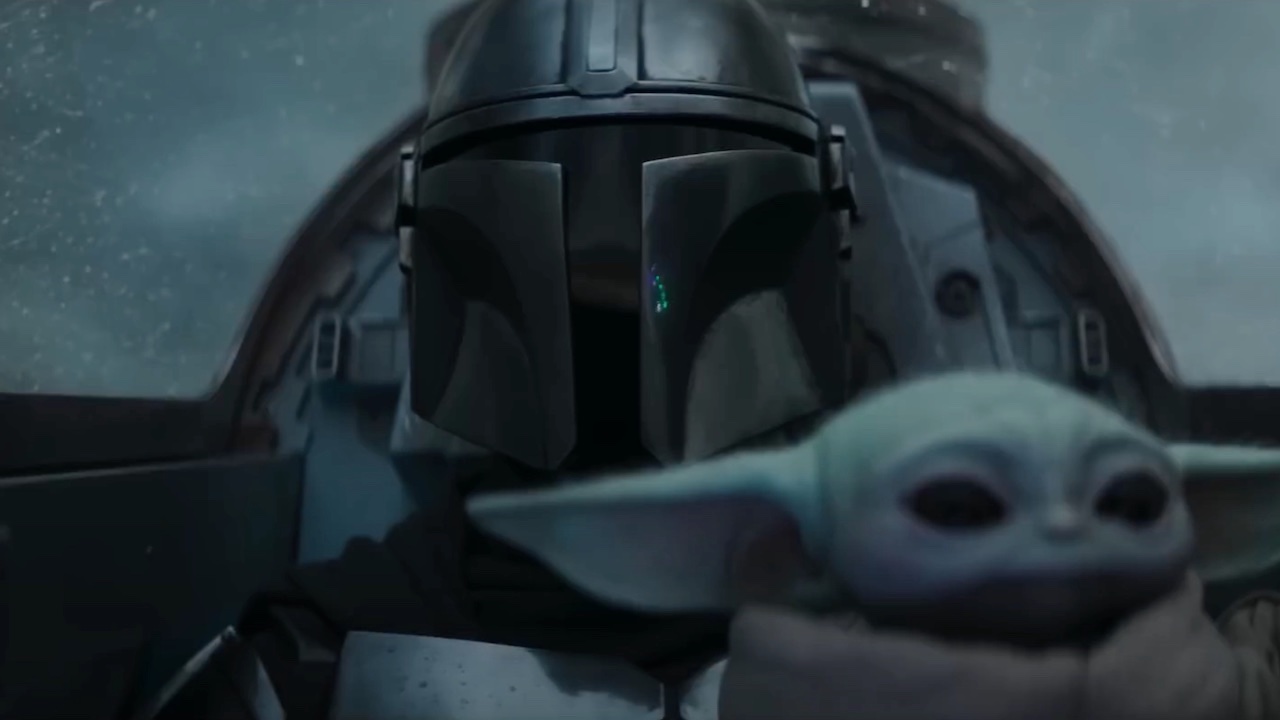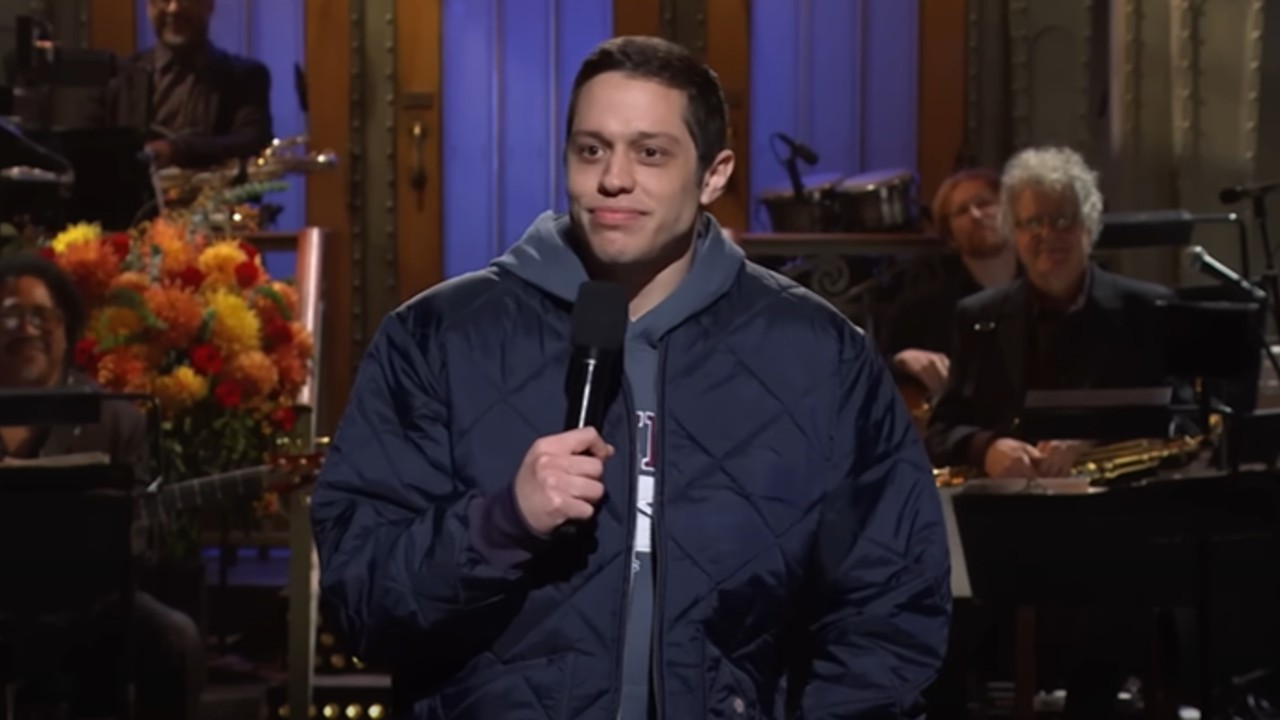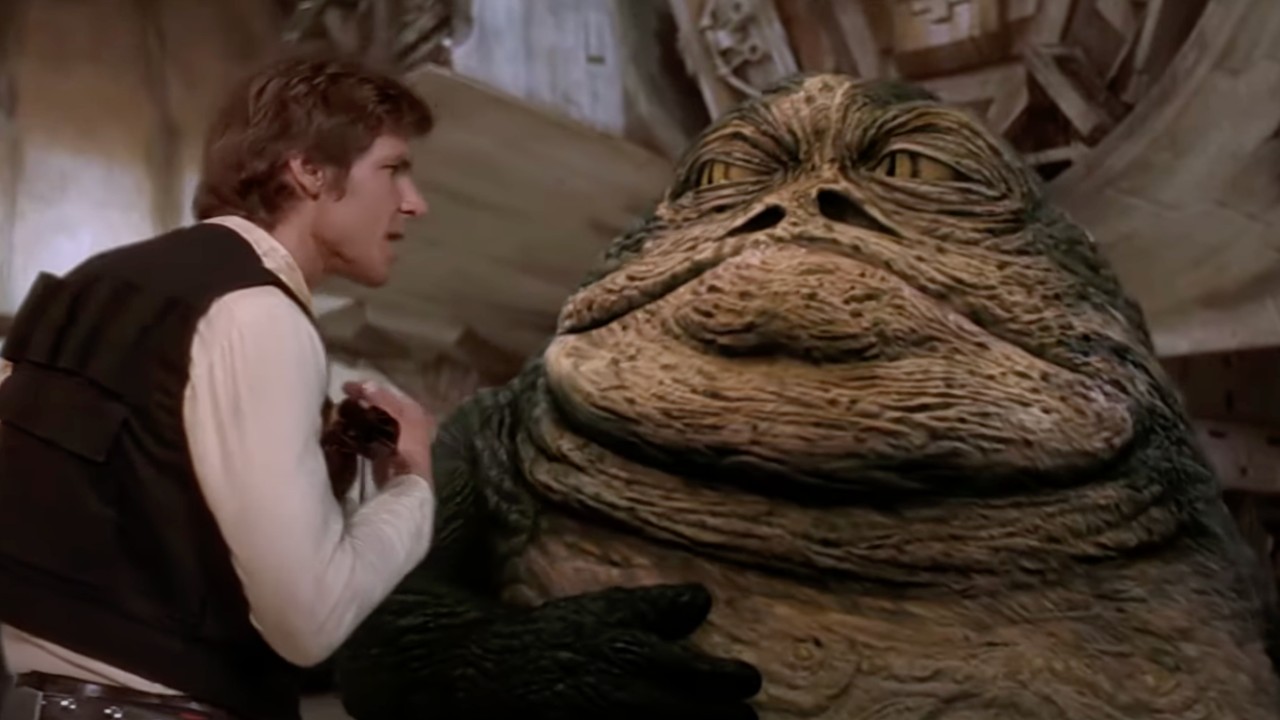Mario Kart 8 Confirmed Native 720p, 60fps On Wii U
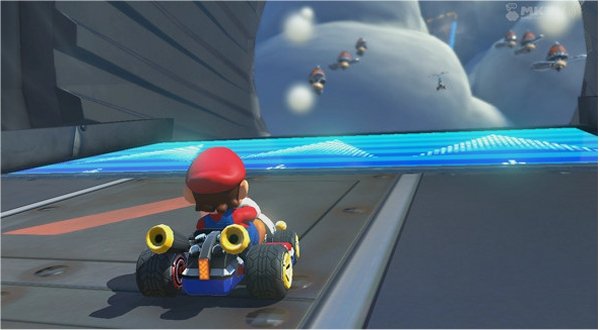
Digital Foundry has done a full-on graphical analysis of Mario Kart 8 for the Wii U. The game still isn't set to release until May 30th next week, but the verdict is already in when it comes to resolution and frame-rate.
It's not as if Nintendo cares, but the debate about resolution and frame-rate has been one that has raged since programmers figured out how to move bits of data across the screen as giant square pixels.
Nevertheless, Digital Foundry's John Linneman makes it clear that the game is native 1280 x 720 progressive scan at 60 frames per second, with a minor stutter effect every 64 frames. It's not a drop in accordance with hardware performance, but due to some other circumstance they haven't been able to pinpoint, but they point to the Mario Kart TV replay and recording feature as the possible culprit.
Linneman writes...
“We can finally put that rumour to rest right here and confirm that Mario Kart 8 instead operates at what is effectively the console's standard 1280x720. Of course, considering the quality of the visuals, this can hardly be considered a disappointment especially when other developers are struggling to hit 1080p consistently on more powerful hardware.”
Oh, burn on the Xbox One (and a little bit of the PS4). Digital Foundry kind of dropped a fanboy bomb with that last statement, as the Xbox One has been known to output welfare graphics at $500, with the only way it can compete against the PS4 in graphics comparisons is by relying on the compression addict known as YouTube.
In fact, Mario Kart 8 on the Wii U runs the same resolution and frame-rate as Battlefield 4 on the Xbox One.
That's pretty darn embarrassing for the Xbox One, especially when people keep yelling that the Wii U is underpowered. What does that make the Xbox One when it costs $200 more and outputs an AAA game at the same resolution and frame-rate as the cheaper and less powerful console? I think there's only one phrase to best describe the Xbox One: a welfare console.
CINEMABLEND NEWSLETTER
Your Daily Blend of Entertainment News
Anyway, Digital Foundry makes it known that Mario Kart 8 looks quite good to be on the Wii U, and it's easy to see how some sites may have been confused and misplaced with the perception that the game was native 1080p instead of native 720p and upscaled to 1080p. Heck, even Digital Foundry was originally confused at first due to the game's graphical fidelity.
They do note, however, that there are some texture resolution issues and a lack of anti-aliasing that affects the game's visibility – which actually hurts more given that the game has a long draw distance. In this case, yes, long draw distance + no AA can be somewhat detrimental to the gameplay experience as far as visibility goes. Remember, this was a similar issue that the Xbox One suffered with Battlefield 4, having lower resolution in larger maps that played a part in how well some gamers could spot objects and other players in the far off distance.
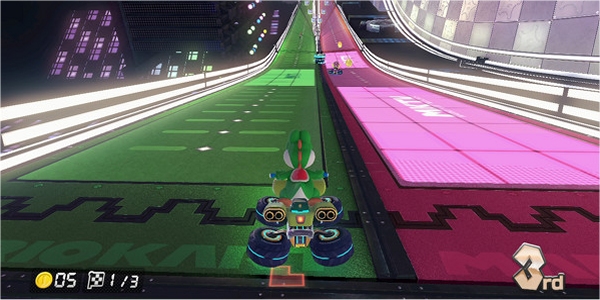
Interestingly, though, Digital Foundry notes that Nintendo could have upped the anti-aliasing without taking a hitch in the game's performance. This was one of the first full HD games that Nintendo started working on for the Wii U, though. So we can definitely cut them some slack.
Also, this spells good tidings for the future of Wii U releases, as the company now has a good, strong bearing on HD content and output, and we can expect to see better polished, higher-quality titles coming out for the system now that Nintendo has a good understanding of their own hardware.
In other words: If you're expecting to see scaling on the Xbox One and PS4, also expect to see scaling on the Wii U. This generation is going to be a hard-fought battle going tooth and nail on the software front.
Given that none of the eighth gen consoles can compete with where PCs are today, it's all going to boil down to how well the hardware is utilized to maximize games that make use of striking mechanics, immersive worlds and dynamic play environments. It looks like Nintendo is off to a good start on that front.
Staff Writer at CinemaBlend.
Gerry Turner Opens Up About Finding A New Partner After The Golden Bachelor: ‘I’m Going To Get Baseballs Thrown At Me’
Star Wars Is Bringing A Banned Cut To Theaters, And I'm Thrilled To Watch Without One Specific Scene Included
I'm Not A Fan Of One Big Harry Potter TV Show Casting Choice (It's Not Snape)


